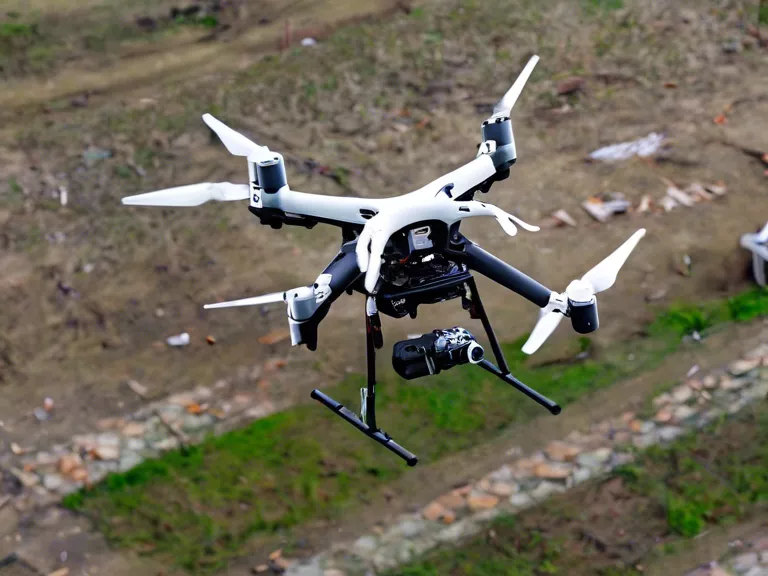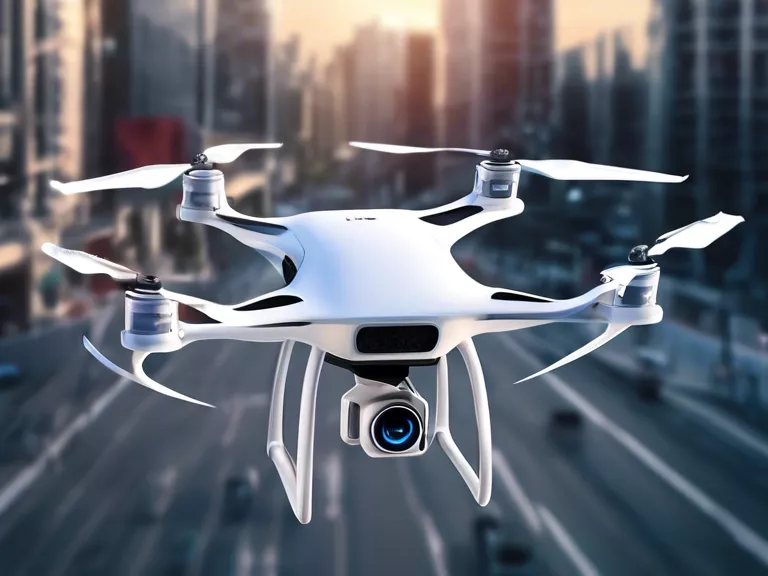
Drones have become increasingly valuable tools in disaster relief and emergency response efforts. From assessing damage to aiding in search and rescue missions, drones are revolutionizing how we respond to natural disasters and other emergencies. This article explores the various ways drones are being utilized in disaster relief and emergency response.
One of the primary ways drones are used in disaster relief is for damage assessment. Drones equipped with high-resolution cameras can quickly and efficiently survey affected areas, providing valuable information to first responders and emergency management teams. This real-time data can help prioritize response efforts and allocate resources where they are most needed.
In addition to damage assessment, drones are also used in search and rescue operations. Equipped with thermal imaging cameras and other advanced technologies, drones can cover large areas of terrain in a fraction of the time it would take traditional search and rescue teams. This can be crucial in locating missing persons or survivors in the aftermath of a disaster.
Drones are also being used to deliver critical supplies to hard-to-reach or inaccessible areas. In situations where roads are blocked or destroyed, drones can airlift supplies such as food, water, and medical supplies to those in need. This can be a lifeline for communities cut off from traditional supply routes.
Furthermore, drones are instrumental in providing situational awareness to emergency response teams. Live video feeds from drones can give responders a real-time view of the disaster area, helping them make informed decisions and coordinate their efforts more effectively. Drones can also be used to map out disaster-affected areas, aiding in the planning and execution of response efforts.
Overall, drones are playing an increasingly vital role in disaster relief and emergency response. Their ability to gather data quickly, reach remote locations, and provide critical support to first responders make them invaluable tools in times of crisis.



